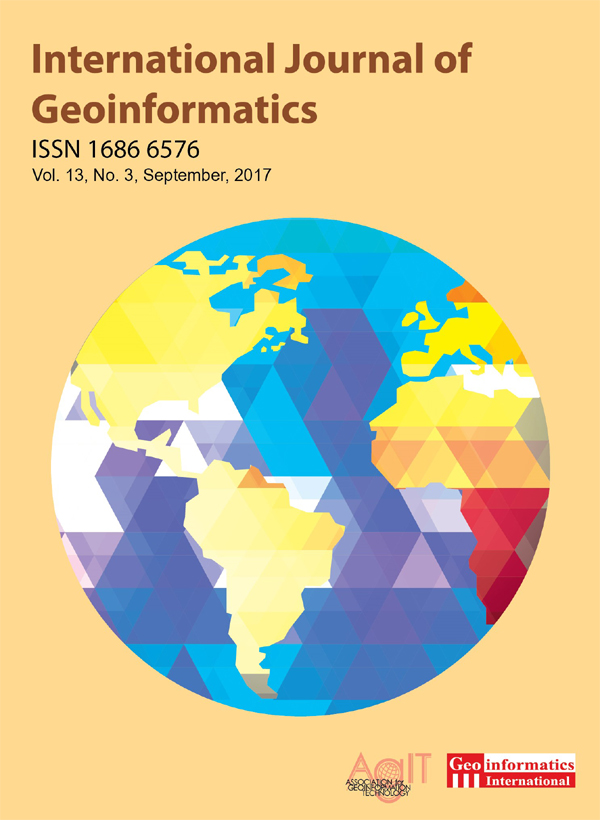Mangrove Species Discrimination in Southern Vietnam Based on in-situ Measured Hyperspectral Reflectance
Main Article Content
Abstract
The advances in hyperspectral imaging sensors offer unprecedented levels of detail to detect subtle reflectance differences between targets of study. This study assesses the spectral separability of canopies of common mangrove species in Southern Vietnam using a large sample-set of field measurements of hyperspectral reflectance. Although data collection has been conducted under consistent calibration and stable geometric set-ups, field spectroscopy deals with significant and multitudinous environmental noises compared to laboratory spectroscopic setups. Field measurements of canopies are however believed to hold greater relevancy for UAV, airborne and satellite remote sensing due a closer resemblance of real-world intra-specific variation and environmental determinants. The present study shows that the large sample-set of hyperspectral data recorded in the field provides a sound base for discrimination common mangrove species in Southern Vietnam – identifying the visible and red-edge as a key regions for species discrimination. This brings us a step further to a comprehensive spectral library for larger scale remote sensing applications of vegetation mapping and the monitoring of species distributions.
Article Details
How to Cite
Cu, P., Giang, N., Binh, N., Hieu, N., Trang, N., Toan, N., Long, V., Ai, T., Hong, P., Hai, L., Tuan, N., & Hauser, L. (2017). Mangrove Species Discrimination in Southern Vietnam Based on in-situ Measured Hyperspectral Reflectance. International Journal of Geoinformatics, 13(3). Retrieved from https://ijg.journals.publicknowledgeproject.org/index.php/journal/article/view/1072
Issue
Section
Articles
Reusers are allowed to copy, distribute, and display or perform the material in public. Adaptations may be made and distributed.

